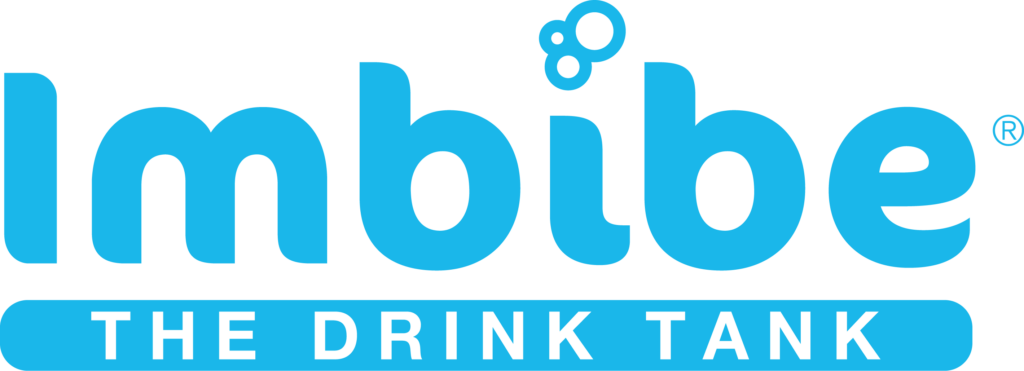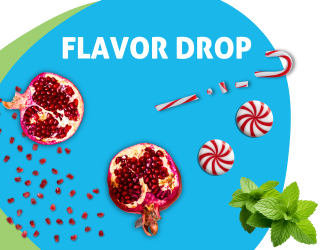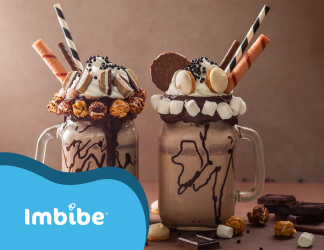 At the end of last year, I remember reading that clean label was the trend of the year. Considering the amount of time I have spent learning from colleagues, industry professionals and brand owners on the different ways to implement a clean label strategy, I’d say this prediction was extremely accurate. It also will likely carry over for several years to come in various iterations. In my experience I’ve come across several different and evolving definitions of clean label. I’d like to share a short list of some of the ways I’ve seen brand owners carry out the clean label ethos on their products.
At the end of last year, I remember reading that clean label was the trend of the year. Considering the amount of time I have spent learning from colleagues, industry professionals and brand owners on the different ways to implement a clean label strategy, I’d say this prediction was extremely accurate. It also will likely carry over for several years to come in various iterations. In my experience I’ve come across several different and evolving definitions of clean label. I’d like to share a short list of some of the ways I’ve seen brand owners carry out the clean label ethos on their products.
Short(er) ingredient statements
One strategy is to use fewer ingredients. There are a variety of products on the market that only have two or three ingredients. Kettle brand potato chips uses potatoes, oil and sea salt. Another brand, 4Pure, offers lemonade with four simple ingredients that consumers may associate with a healthier product: spring water, maple syrup, lemon juice, and lemon zest.
Simple, pronounceable ingredients
The ingredient list might still be long, but some brands opt for fresh ingredients, all of which can be found in my kitchen (or in the kitchen of a more ambitious home cook). Suja and Blueprint Juices both list garden-friendly ingredients like chard, basil, apple, romaine, celery, cucumber, collards and lemon on the front of their bottles.
Free-from
The most common free-from claims relate to the eight major allergens: milk, eggs, fish, shellfish, tree nuts, peanuts, soy and wheat, which contains gluten. Some consumers associate products bearing free-from claims as cleaner and better for them. Developers know that this is not always the case, however, because oftentimes synthetic ingredients are substituted in the place of ones that consumers try to avoid like fat and sugar.
No, never!
Many brands call out the fact that there are no artificial colours or high-fructose corn syrup, or that a product was never heat treated. Whether a product chooses a ‘no’ or ‘never’ claim, both help position a product as cleaner. It’s not uncommon on a single beverage to see several ‘no’ claims. The ‘never heated’ claim, found on brands like Kor Shots and previously on Harmless Harvest, may suggest a lack of preservatives – an ingredient group that some consumers may shy away from.
Ethical business practices
More companies than ever are making a commitment to a social cause, such as the environment or an underserved community. Brand transparency and company honesty help consumers feel emotionally and morally connected to a product. Such a connection can be built by stating that a product helped support a community in Brazil or that a portion of their profits was donated to help buy shoes for those without. Whether they’re reducing waste (sometimes by repurposing previously discarded fruits and vegetables, like Misfit Juicery) or are a Certified Humane producer (Echo Farm Puddings, Egg Innovations), consumers continue to seek out brands that prioritise a higher level of responsibility by striving to have a positive social or environmental impact.
Quantifying the clean label category remains a challenge, partly because of all of these different interpretations, which are by no means comprehensive. Euromonitor recently tried to place a valuation on the clean label products market, and reported that there is a $180 billion opportunity globally through 2020, though they admitted that this was a conservative estimate. For their purposes they only considered claims, which would really only include 2-3 of the definitions presented in this article. Some of the most popular claims they found include GMO-free, BPA-free, no artificial preservatives, and no artificial sweeteners. As consumers demand a better understanding of health benefits, ingredients, and processing methods of products, it will be interesting to observe how brands interpret and embody the next iteration of clean label. In the meantime, I’d love to hear about your experience with clean label, and more specifically, what it means to you.
Originally posted on Foodbev.com



